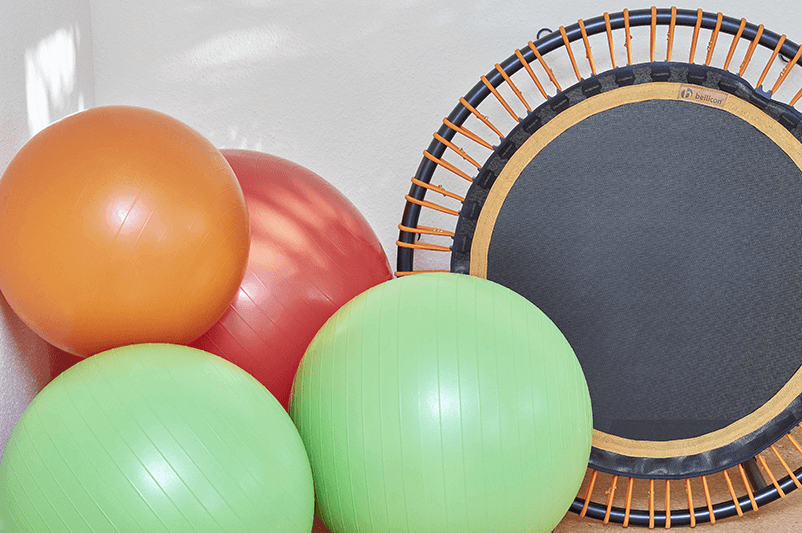If you find that you need specific aids in everyday life (e.g., a gripper, aids for putting on socks, crutches, etc.), our physiotherapy staff can hand these out to you while still in the hospital. About twice a week, an employee of a medical supply store will come to our house to provide you with everything you need, if possible. In this way, you will be optimally prepared for rehab and become able to cope as independently as possible.
By the time you are discharged from the hospital, the goal is to achieve independent mobility on forearm crutches (or even a walker, depending on how mobile you were before), mobility of 90° hip flexion, and the ability to climb stairs. After the hospital stay, you will usually go to follow-up treatment, where further training will take place to prepare you for the daily routine at home.
After the stay in the rehabilitation facility, it is recommended to continue physiotherapy in practice to improve any remaining muscle or movement deficits. It may also be advisable to have rehabilitation sports or water gymnastics prescribed.
There are ways to prepare in advance to support the recovery process after surgery. Suppose the doctor recommends a surgical intervention with hip replacement due to severe joint complaints and arthrosis. In that case, the surgical intervention usually never takes place immediately, but after a few weeks. You can use these weeks to train the muscles even before the surgery.
The attending physician can issue a prescription for physiotherapy to take up with a local physiotherapist. The physiotherapist will then show you specific strengthening exercises that build up the muscles so that you can get back on your feet better after surgery. Initial instruction in using crutches can also take place. You also have the opportunity to clarify any questions that may have arisen in the run-up to the surgery.


